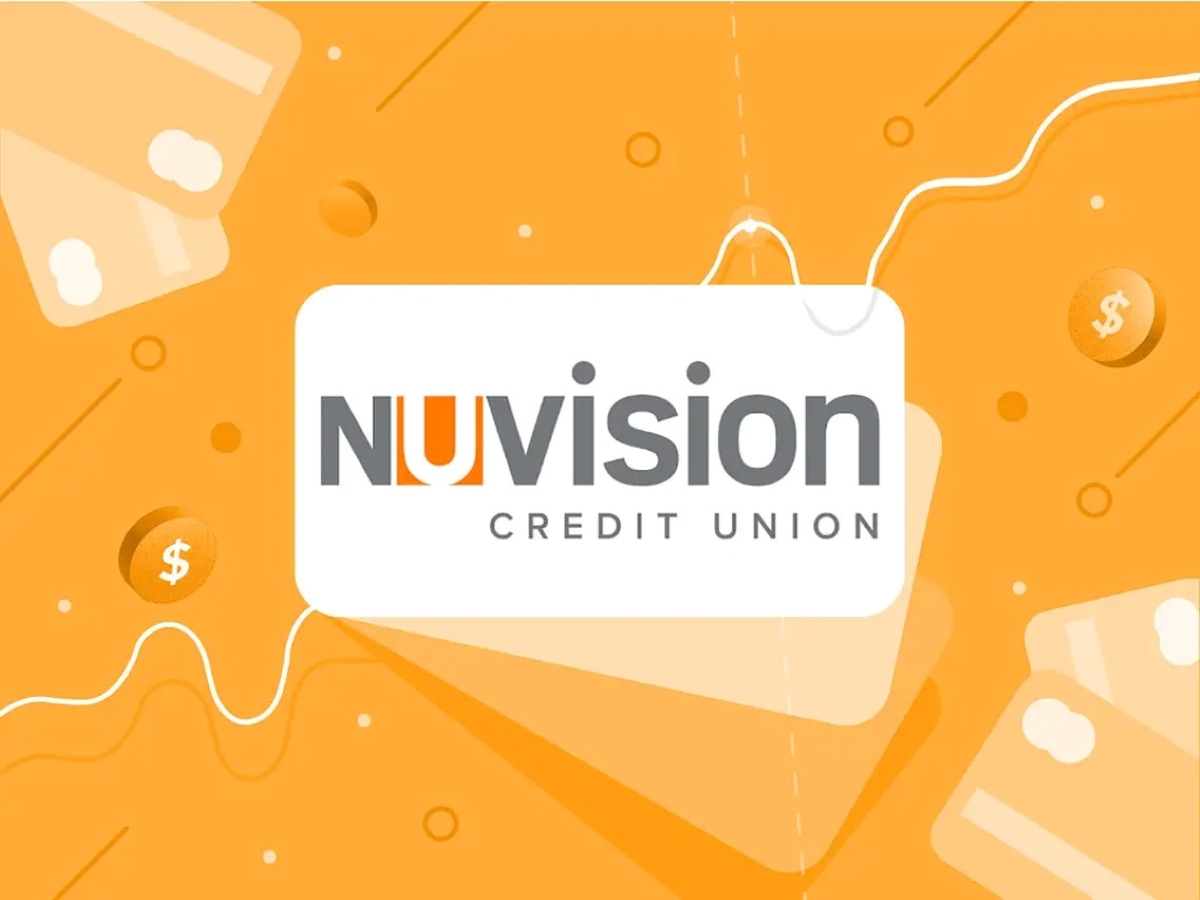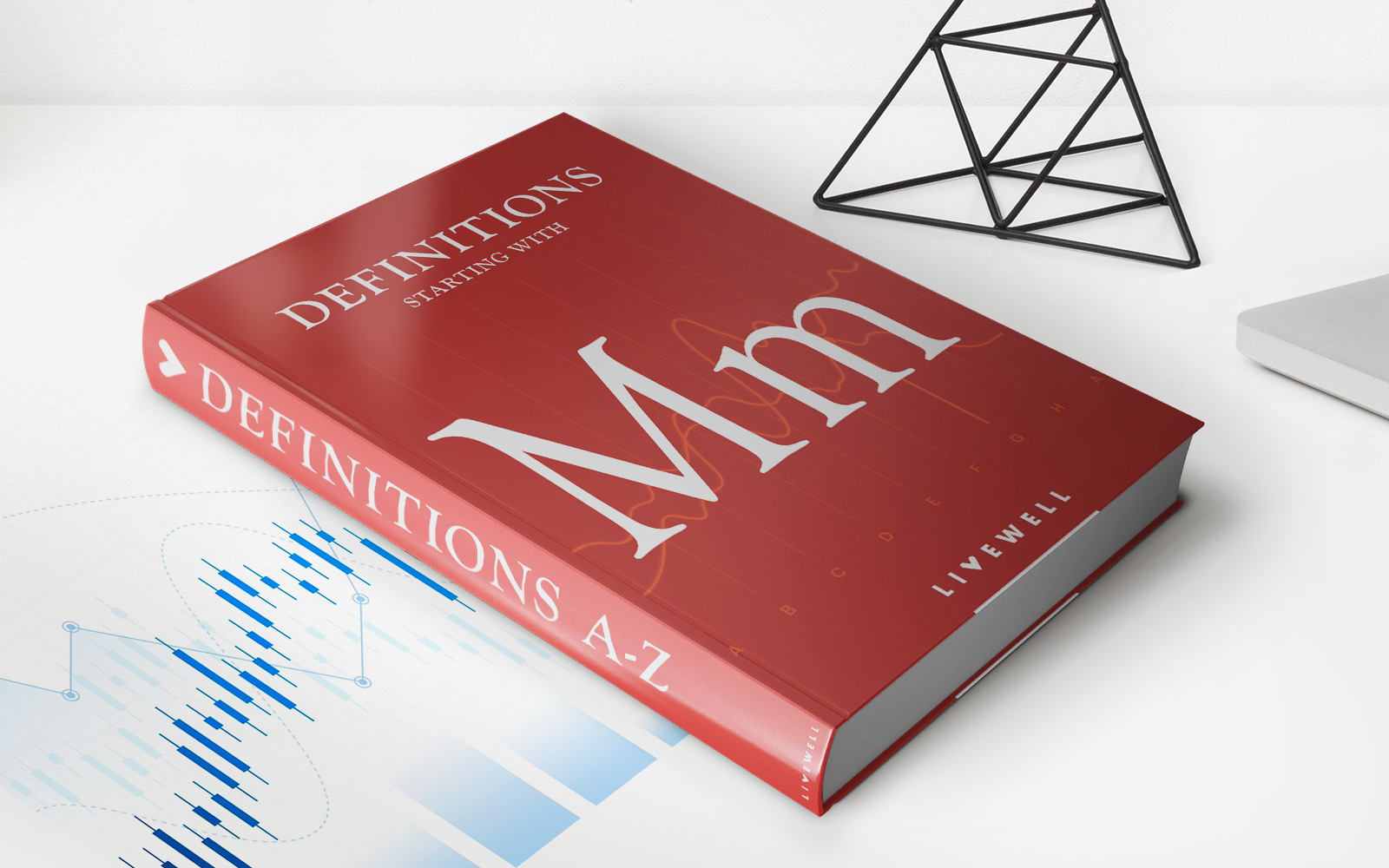Home>Finance>How Long Is The Grace Period For Direct Subsidized Loan?


Finance
How Long Is The Grace Period For Direct Subsidized Loan?
Published: February 20, 2024
Learn about the grace period for Direct Subsidized Loans and manage your finances wisely. Understand the repayment terms and make informed decisions.
(Many of the links in this article redirect to a specific reviewed product. Your purchase of these products through affiliate links helps to generate commission for LiveWell, at no extra cost. Learn more)
Table of Contents
Introduction
Understanding Direct Subsidized Loans
Direct Subsidized Loans are a popular choice for students seeking financial aid to fund their college education. These loans, offered by the U.S. Department of Education, are designed to provide assistance to undergraduate students with demonstrated financial need. Unlike unsubsidized loans, the interest on Direct Subsidized Loans is paid by the government while the student is in school at least half-time, during the grace period, and during any authorized deferment periods. This unique feature makes subsidized loans an attractive option for students who require financial support to pursue their academic goals.
However, it’s essential for students to have a comprehensive understanding of the terms and conditions associated with Direct Subsidized Loans, including the grace period, to effectively manage their finances and plan for the repayment phase. In this article, we will delve into the specifics of the grace period for Direct Subsidized Loans, shedding light on its duration and implications for borrowers.
Understanding Direct Subsidized Loans
Direct Subsidized Loans are a form of financial aid provided by the U.S. Department of Education to eligible undergraduate students who demonstrate financial need. These loans offer favorable terms, making them an attractive option for students pursuing higher education.
One of the key distinguishing features of Direct Subsidized Loans is that the government covers the interest on the loan while the borrower is enrolled in school at least half-time, during the six-month grace period after leaving school, and during any authorized deferment periods. This means that students are not responsible for the accruing interest during these periods, alleviating the financial burden associated with loan repayment.
It’s important to note that the amount students can borrow through Direct Subsidized Loans is determined by their school and is based on their financial need. Additionally, there are annual and aggregate limits on the amount that a student may borrow. These limits vary depending on the student’s year in school and whether they are considered a dependent or independent student.
Unlike other types of loans, such as unsubsidized loans, which accrue interest from the time the loan is disbursed, Direct Subsidized Loans offer a valuable benefit by sparing students from the immediate burden of interest payments. This feature makes them an appealing option for students who require financial assistance to pursue their academic endeavors.
By understanding the unique advantages and terms associated with Direct Subsidized Loans, students can make informed decisions regarding their financial aid options and effectively plan for the repayment phase, ensuring a smooth transition into the post-graduation phase of their academic journey.
Grace Period for Direct Subsidized Loans
Upon completing their education or dropping below half-time enrollment, borrowers of Direct Subsidized Loans are typically granted a grace period. The grace period serves as a transitional phase, providing students with a window of time before they are required to begin repaying their loans. During this period, borrowers are not obligated to make payments, allowing them to secure stable employment and organize their finances before entering the repayment stage.
It’s important to note that the grace period also applies to Direct Unsubsidized Loans and Direct Consolidation Loans. However, the terms and conditions may vary between these loan types, and borrowers should familiarize themselves with the specific details pertaining to their loans.
During the grace period, interest on Direct Subsidized Loans continues to be covered by the government, ensuring that borrowers are not burdened by accruing interest as they prepare to transition into the workforce. This valuable feature provides students with a financial buffer, enabling them to focus on securing employment and establishing a solid foundation for their post-graduation financial responsibilities.
Understanding the grace period is crucial for borrowers, as it allows them to effectively plan for the next phase of their financial journey. By leveraging the grace period, students can strategically position themselves to enter the workforce and commence loan repayment with confidence, knowing that they have had the opportunity to stabilize their financial situation.
Next, we will explore the duration of the grace period for Direct Subsidized Loans, shedding light on the specific timeframe that borrowers can expect before their repayment obligations commence.
Length of the Grace Period
The grace period for Direct Subsidized Loans typically spans six months. This six-month timeframe serves as a vital buffer for borrowers, offering them a reasonable window to transition from their academic pursuits to the workforce before they are required to commence loan repayment.
During this grace period, borrowers have the opportunity to explore various employment options, secure a job aligned with their career goals, and establish a stable financial foundation. This period is particularly valuable for graduates, as it allows them to navigate the post-graduation landscape without the immediate pressure of loan repayment, enabling them to focus on launching their careers and achieving financial stability.
It’s important for borrowers to use this grace period wisely, taking proactive steps to assess their financial situation, create a budget, and explore repayment options. By utilizing this six-month window effectively, borrowers can lay the groundwork for successful loan repayment, ensuring that they are well-prepared to fulfill their financial obligations once the grace period concludes.
Furthermore, during the grace period, borrowers should familiarize themselves with the specifics of their loan terms, including the interest rate and repayment options. This proactive approach empowers borrowers to make informed decisions regarding their loan repayment, setting the stage for a smooth and well-managed transition into the repayment phase.
Understanding the duration of the grace period is essential for borrowers, as it provides them with a clear timeframe to plan and prepare for the next phase of their financial journey. By leveraging this six-month window effectively, borrowers can position themselves for a successful transition into loan repayment, setting the stage for responsible financial management and long-term stability.
What Happens After the Grace Period
Once the grace period for Direct Subsidized Loans comes to an end, borrowers are required to commence repayment of their loans. It’s crucial for borrowers to be well-prepared for this transition, as understanding the post-grace period obligations is essential for effective financial planning.
After the grace period concludes, borrowers will need to initiate the repayment process. This typically involves making regular monthly payments to the loan servicer, the entity responsible for managing the loan account and collecting payments. It’s important for borrowers to stay informed about their repayment options and obligations, as this knowledge empowers them to navigate the repayment phase with confidence and make informed decisions about their financial future.
For borrowers who may encounter difficulty in making timely payments, there are various options available to alleviate the financial burden. These options include income-driven repayment plans, which adjust the monthly payment amount based on the borrower’s income and family size, as well as deferment and forbearance, which provide temporary relief from making payments under specific circumstances.
It’s essential for borrowers to proactively explore these options and communicate with their loan servicer to determine the most suitable repayment plan based on their financial situation. By taking a proactive approach to understanding their repayment options, borrowers can effectively manage their loan obligations and mitigate potential financial challenges.
Furthermore, borrowers should prioritize staying informed about their loan status, monitoring their account regularly, and promptly addressing any changes or issues that may arise. This proactive approach to loan management can help borrowers stay on track with their payments and maintain a clear understanding of their financial obligations.
By comprehensively understanding what happens after the grace period, borrowers can navigate the transition into the repayment phase with confidence and clarity. Proactive financial planning and a thorough understanding of repayment options empower borrowers to effectively manage their loan obligations and achieve long-term financial stability.
Conclusion
Direct Subsidized Loans offer valuable financial assistance to undergraduate students with demonstrated financial need, providing a pathway to higher education without immediate interest burden. Understanding the grace period for these loans is essential for borrowers, as it serves as a crucial phase that allows students to transition from their academic pursuits to the workforce before commencing loan repayment.
Throughout the grace period, borrowers have the opportunity to explore employment options, establish financial stability, and prepare for the responsibilities of loan repayment. By leveraging this six-month window effectively, borrowers can position themselves for a successful transition into the repayment phase, ensuring responsible financial management and long-term stability.
As the grace period concludes, borrowers must be prepared to initiate the repayment process and explore suitable repayment options based on their financial situation. Proactive financial planning, staying informed about repayment options, and maintaining regular communication with the loan servicer are essential steps in effectively managing loan obligations and mitigating potential financial challenges.
Ultimately, a comprehensive understanding of the grace period and post-grace period obligations empowers borrowers to navigate the loan repayment phase with confidence and clarity. By taking proactive steps to manage their loan obligations and make informed decisions about their financial future, borrowers can achieve long-term financial stability and successfully fulfill their academic and career aspirations.
In conclusion, Direct Subsidized Loans, with their grace period and favorable terms, play a pivotal role in supporting students’ educational pursuits. By comprehensively understanding the grace period and preparing for the post-grace period phase, borrowers can effectively manage their loan obligations and embark on a path toward financial success and stability.














